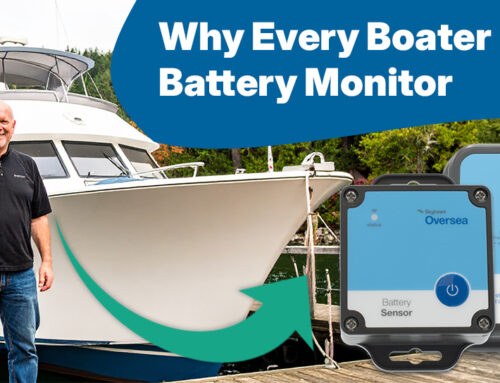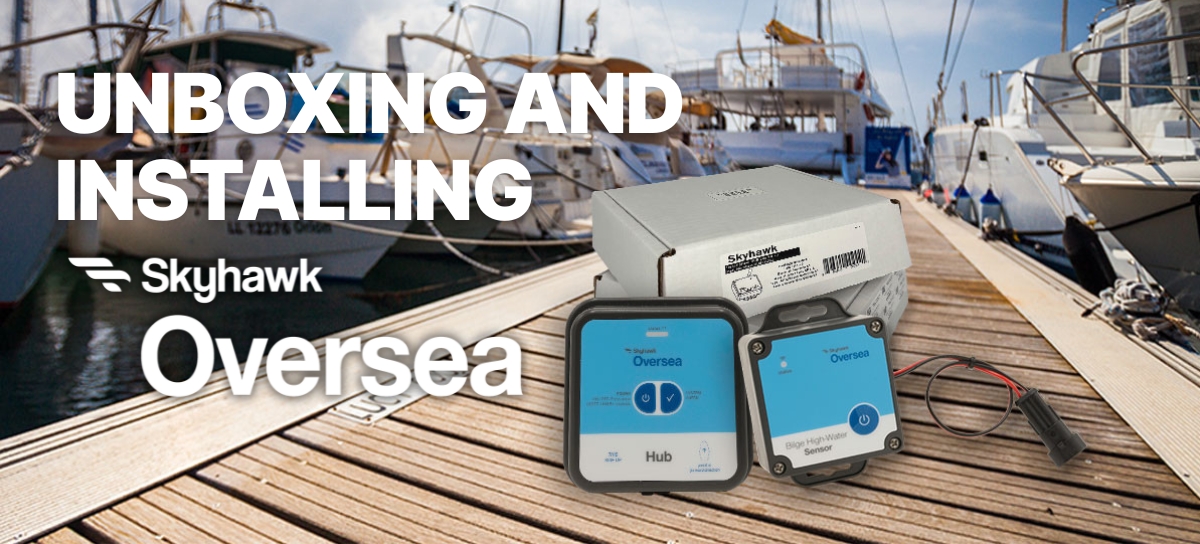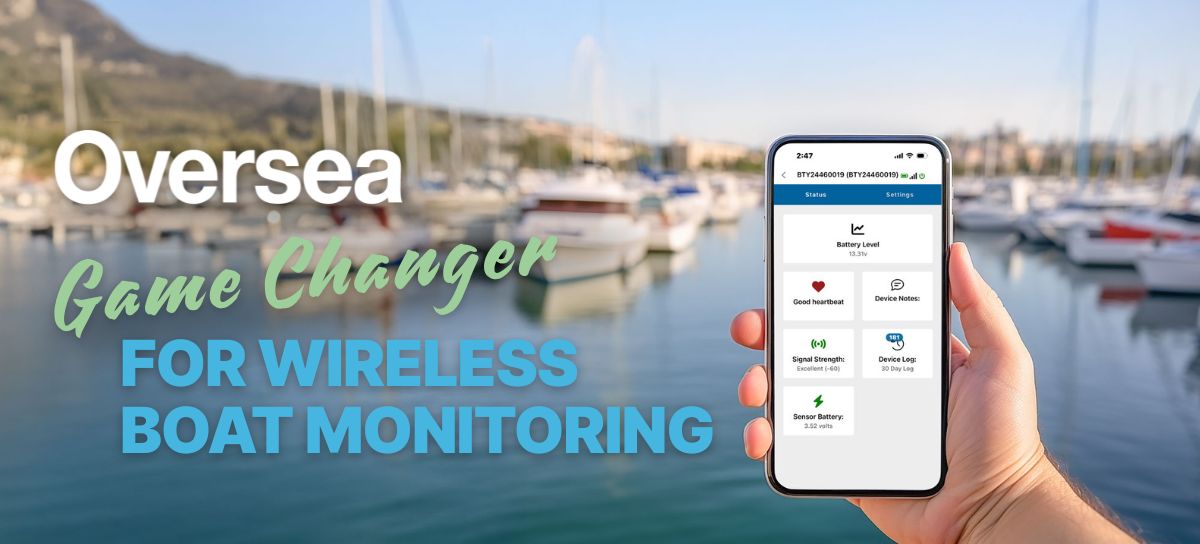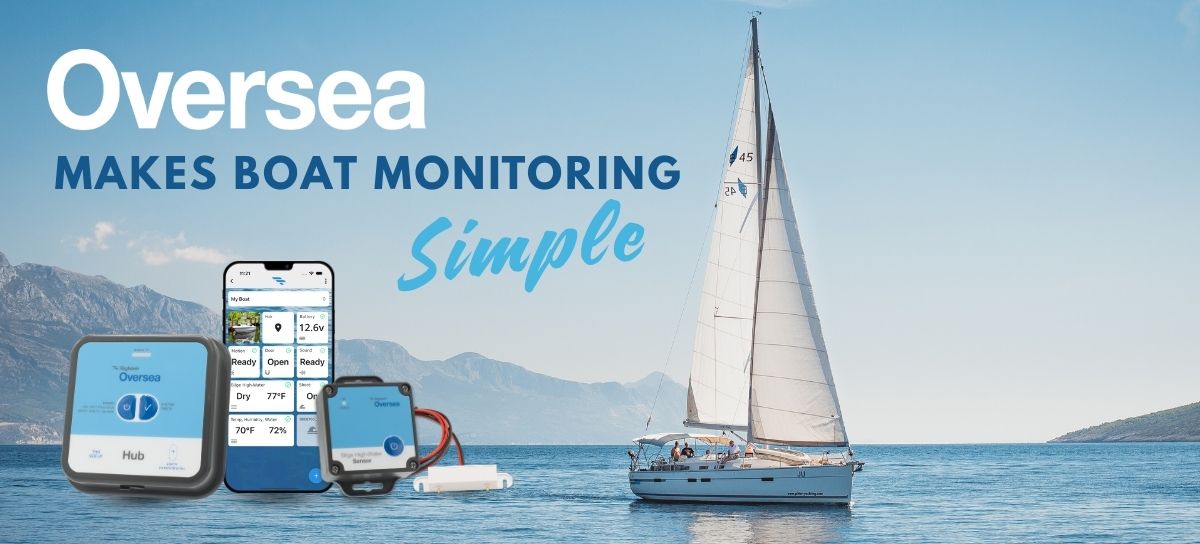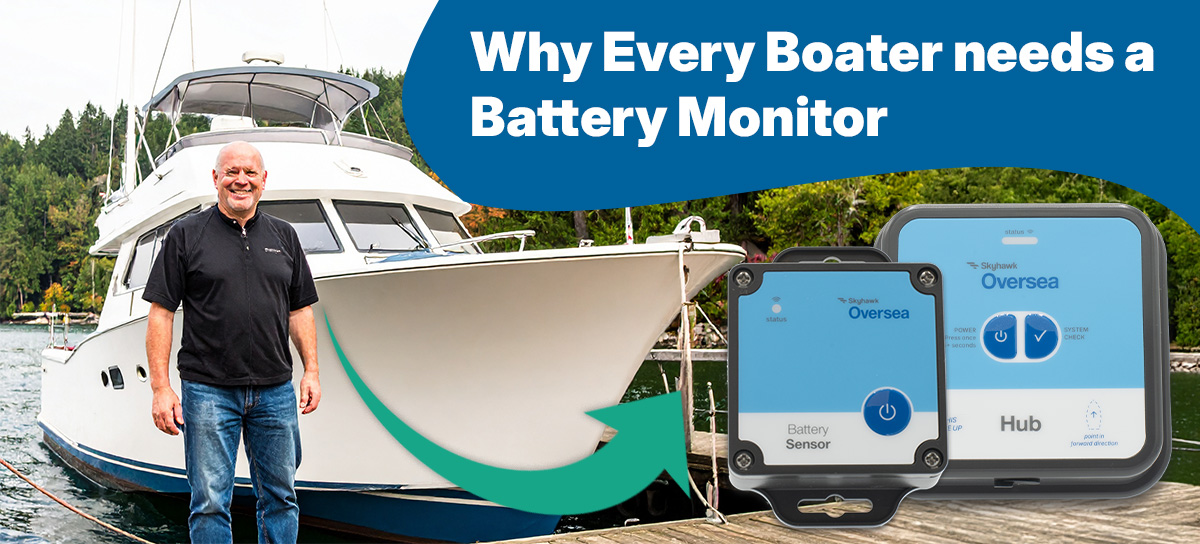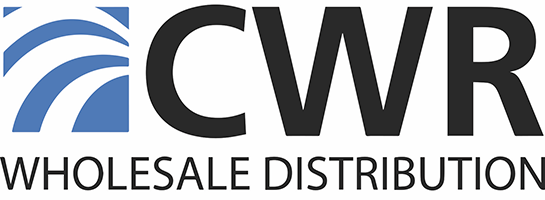
Why Cellular Connectivity Outperforms Satellite for Remote Boat Monitoring
As remote monitoring systems become more common among recreational and light commercial boaters, one question continues to surface: should boat owners rely on satellite or cellular connectivity for staying informed when they’re away from their vessel?
While satellite has long been associated with high-seas communication and long-distance cruising, the truth is that most boats spend their lives well within reach of reliable cellular networks. For that reason, cellular-connected monitoring systems — such as the Skyhawk Oversea platform — offer a smarter, more cost-effective solution for the vast majority of users in the U.S. and Canada.
Advantages of Cellular-Based Boat Monitoring
The practical advantages of cellular-based boat monitoring begin with coverage. Most boats are docked, moored, trailered, or stored within a few miles of land, where LTE-M networks such as Verizon’s provide extensive coverage. Unlike traditional LTE, LTE-M is designed specifically for low-power connected devices and offers excellent penetration in coastal, marina, and inland regions. This makes it an ideal foundation for marine monitoring hubs that operate independently of vessel power.
Cost is another key factor. Satellite-based monitoring hardware typically requires high upfront investment, along with expensive subscription plans often modeled after commercial maritime rates. In contrast, Skyhawk Oversea offers a fixed annual subscription of $240 per year — covering one self-powered hub and up to six connected sensors. This flat-rate model includes cellular connectivity across both the U.S. and Canada and eliminates hidden fees or roaming charges.
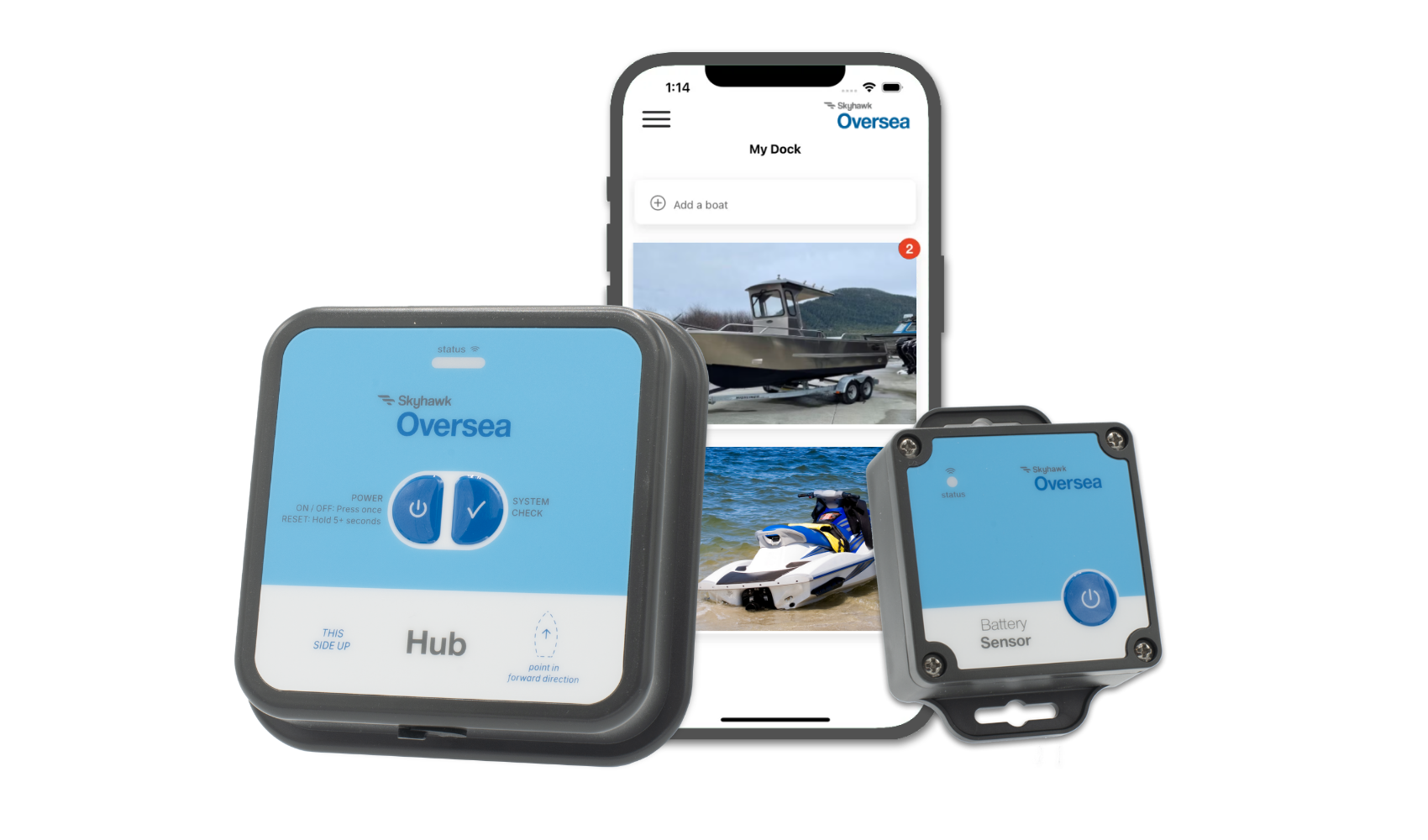
Boat Monitoring Power Consumption
Power consumption is also critical. Many boats spend long stretches unattended, particularly in the off-season or during storage. Satellite systems generally require a constant power source, drawing energy from the vessel’s 12V battery or relying on shore power. This introduces risk — especially for trailered boats or vessels winterized without external power access. Skyhawk Oversea avoids this problem by operating a fully self-powered hub with a multi-year battery life. There’s no connection to the boat’s electrical system, no battery drain, and no need for solar charging or manual recharge cycles.
Installation and complexity further distinguish cellular systems. Satellite monitoring typically involves professional installation, antenna mounting, and integration with onboard systems. Skyhawk Oversea is designed for simplicity: boaters can activate and install the system themselves in under 10 minutes, without tools or technical knowledge. Sensors for battery voltage, high water, motion, and entry are wireless and easily mounted, making the system suitable for both in-water and out-of-water vessels.
Perhaps most importantly, remote monitoring is intended for times when a boat is not in use. When the owner is away, issues like water ingress, battery discharge, unauthorized access, or abnormal temperature changes can go unnoticed for days or weeks. Cellular-connected hubs like Oversea send instant alerts via text or email to the owner or any designated contact, enabling quick response before small problems become major damage.
Monitor Your Boat Anywhere in the US and Canada
Skyhawk Oversea’s inclusion of full U.S. and Canadian network coverage means that boaters can confidently leave their vessels anywhere from Florida to British Columbia, knowing they remain connected. This nationwide support is essential for snowbirds, long-distance haulers, and seasonal boaters who relocate between regions throughout the year.
In short, while satellite still has its place for offshore navigation and transoceanic travel, cellular monitoring systems provide more than enough range — along with significant benefits in terms of cost, simplicity, and power efficiency — for the everyday needs of North American boaters.
For more information, explore Skyhawk Oversea’s self-powered, cellular-based marine monitoring solutions.
Don’t Forget Your Subscription with Your Sensors
The Skyhawk Oversea annual subscription of $240 covers one self-powered hub and up to six wireless sensors. This pricing includes full Verizon LTE-M coverage across the U.S. and Canada, unlimited notifications via text or email, and access to the Skyhawk mobile and desktop applications.
Skyhawk Oversea sensors include options for battery voltage, high-water detection, motion sensing, hatch or door entry, and environmental monitoring (temperature and humidity). The system is fully customizable and can be expanded to match your boat’s unique setup.
Skyhawk Oversea is designed specifically for the real-world needs of recreational boaters, fleet managers, and seasonal users. It is one of the only monitoring systems on the market that functions year-round without requiring power from your vessel.





